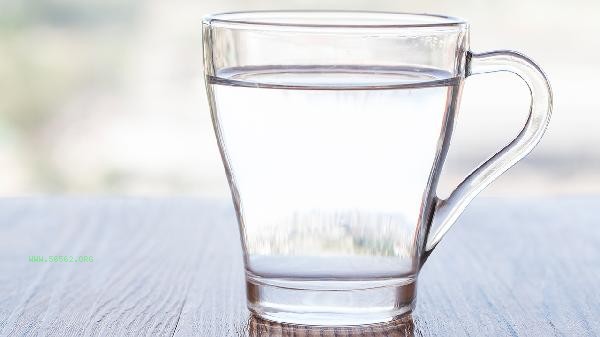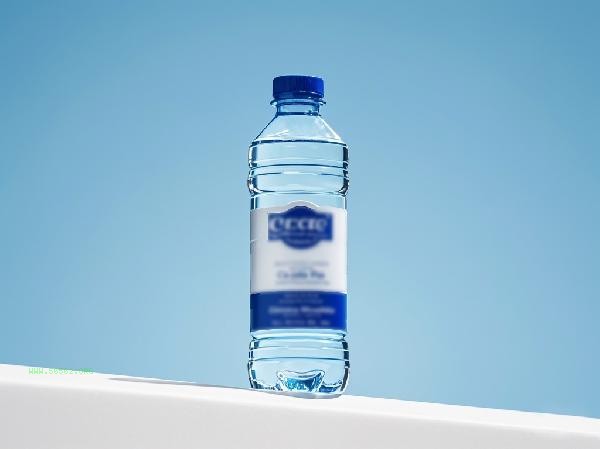Removing floating foam on the water surface can be achieved through methods such as physical filtration, adsorption materials, chemical defoaming, natural standing, and heating treatment. Floating foam is mainly formed by the aggregation of proteins, oils, or impurities, and different scenarios require targeted treatment.

1. Physical filtration
The most direct way is to use a fine screen or filter paper to directly remove foam, which is suitable for soup, soybean milk and other cooking scenarios. The stainless steel filter screen with more than 80 meshes shall be selected for filtering to effectively intercept the tiny foam. During operation, the tools shall be kept dry to avoid secondary pollution. For industrial wastewater treatment, microfiltration membrane technology can be used to separate suspended solids.
2. Adsorption materials
Porous materials such as activated carbon and diatomaceous earth can adsorb oil and protein molecules. When stewing meat, the activated carbon package wrapped with gauze can reduce the floating foam of Noodles in soup by more than 60%. Powder activated carbon is commonly used in drinking water treatment to adsorb organic pollutants, and attention should be paid to replacing the adsorbent material in a timely manner after saturation.
3. Chemical defoamer
Food grade defoamer such as polydimethylsiloxane can destroy the surface tension of foam, which is suitable for bean products processing and other scenarios. The amount of addition should be controlled within 0.1%. Organic silicone defoamers are commonly used in industrial circulating water systems, but natural methods should be preferred for household use.

4. Natural standing
foam stability will decrease with time. Standing for 20-30 minutes can make most of the foam burst automatically. This method is suitable for preparing high soup that is not urgent to consume, and the container should be a wide mouthed shallow basin to increase the liquid surface area. After standing, gently scrape off the residual foam along the edge of the container with a spoon.
5. Heating treatment
Controlling the heat to keep a slightly boiling state can reduce the generation of new foam. The formed foam can be skimmed after gently pushing the back of the spoon toward the center. When boiling soybean milk at 85 ℃ for 5 minutes, the protein can be denatured and defoamed, but excessive boiling will lead to nutrient loss. When removing foam from daily diet, it is recommended to prioritize using physical methods to avoid the intake of chemical additives. Industrial or laboratory wastewater treatment requires wearing protective equipment. High concentration foam may contain harmful substances. Before cooking, blanching the ingredients thoroughly and selecting fresh ingredients can fundamentally reduce the formation of foam. For meat, it is recommended to put it in cold water and skim it regularly. Staff who have long-term exposure to chemical defoamers should undergo regular lung function tests, and thoroughly clean kitchen utensils after using defoamers at home.









Comments (0)
Leave a Comment
No comments yet
Be the first to share your thoughts!